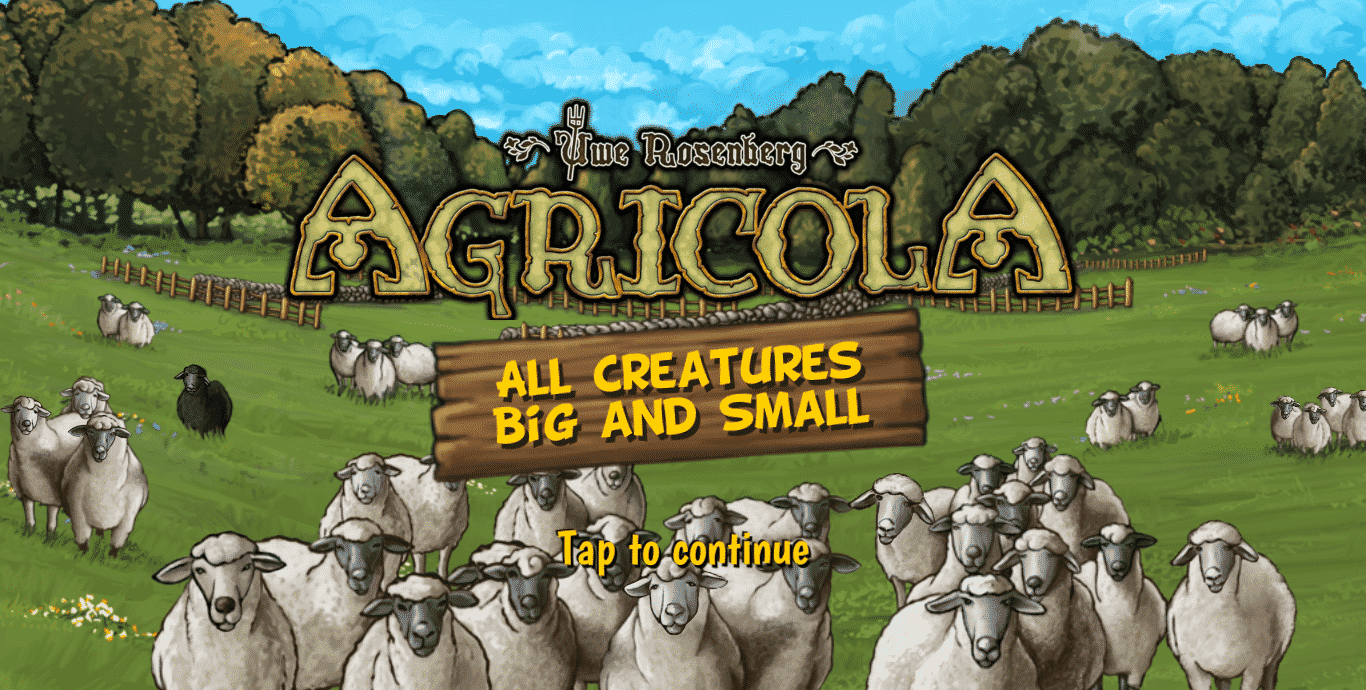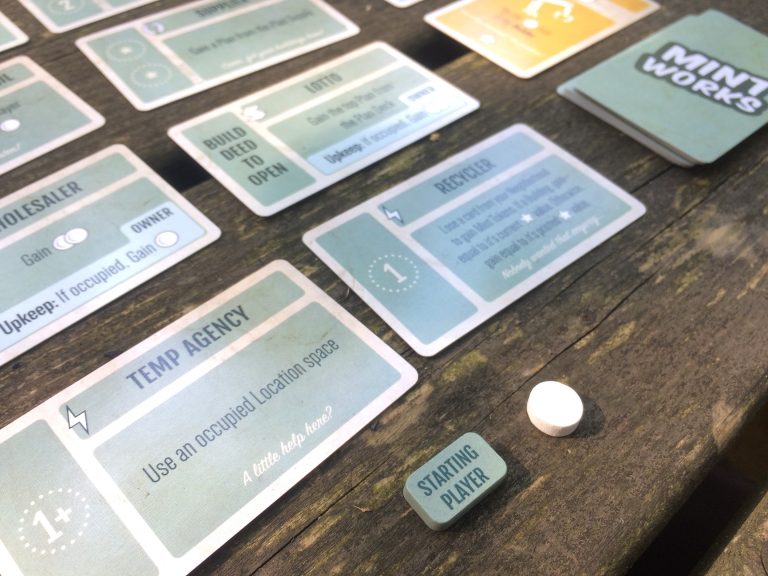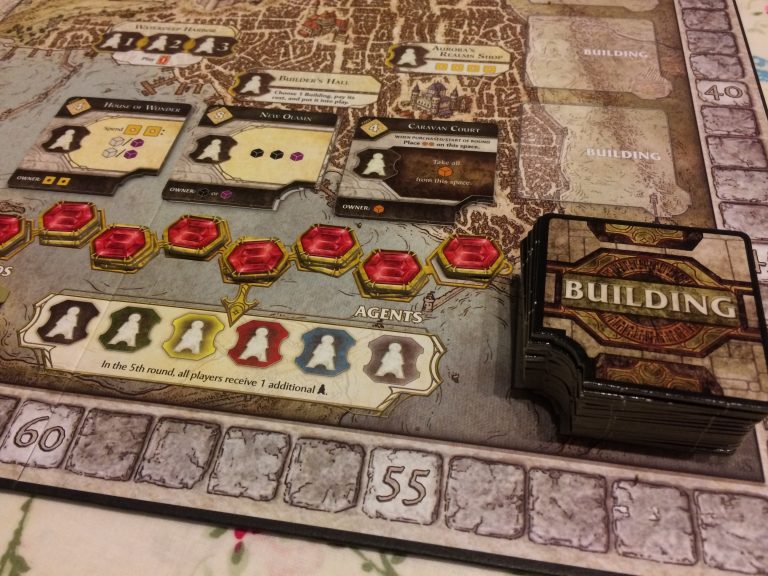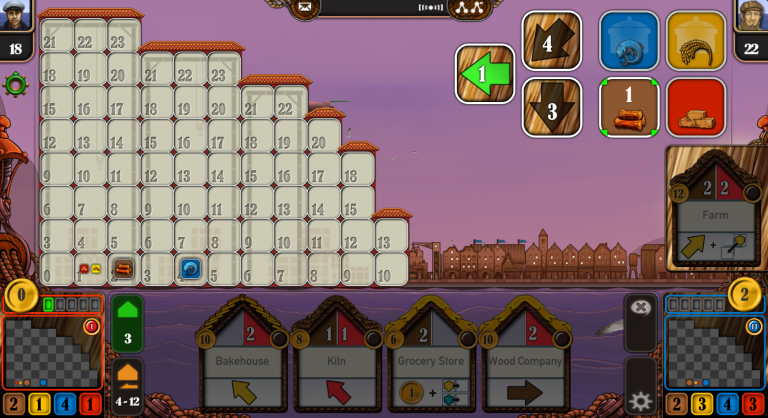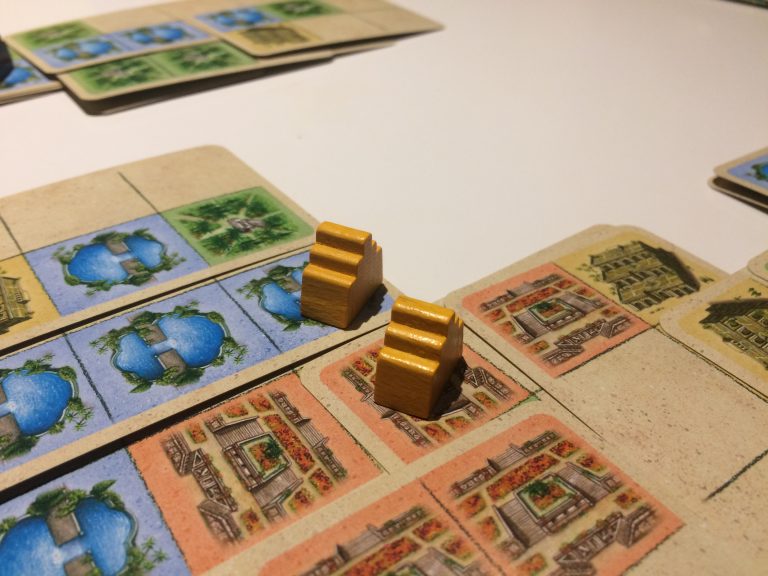Agricola: All Creatures Big and Small (Saturday Review)
In my third review I look at another digital conversion by Digidiced that Asmodee Digital was kind enough to let me try out. It is another Lookout Spiele game by designer Uwe Rosenberg. In Agricola: All Creatures Big and Small (I shorten this to just Agricola for the rest of this article) you are a 17th century farmer in central Europe. It is a very clever 2 player only worker placement game where you have to manage your resources, life stock and farmland. Of course, this game also has some clever little twists, which make the gameplay so interesting.


